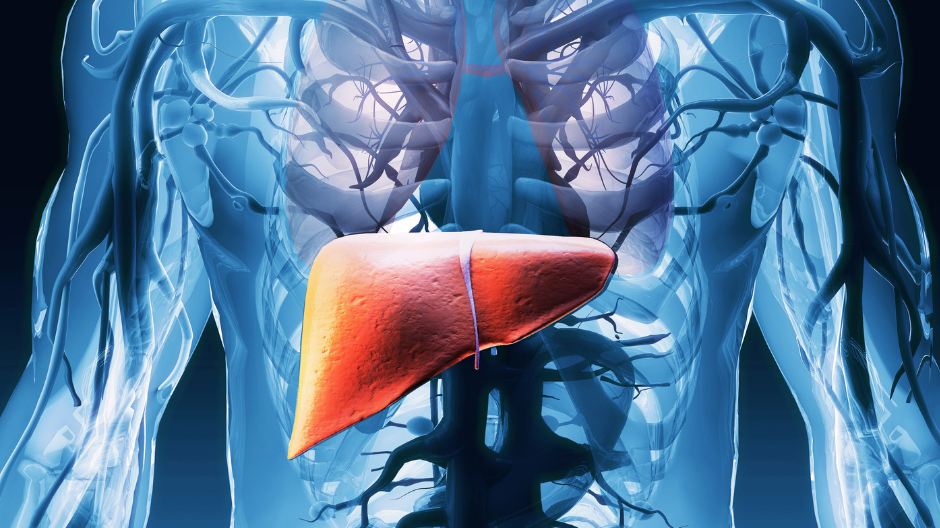There are currently no authorised specific drugs against hepatitis E viruses. Researchers at the MHH and Ruhr University Bochum have now investigated a combination of two antiviral preparations in chronically ill patients.

The hepatitis E virus can cause liver inflammation in humans. Image source: Canva
Hepatitis E affects over 20 million people worldwide. This inflammation of the liver usually heals without any consequences. However, hepatitis E can be dangerous for pregnant women and people with a weakened immune system. There are no specific active substances against the virus. Researchers at the Department of Gastroenterology, Hepatology, Infectiology and Endocrinology at Hannover Medical School (MHH) and the Department of Medical and Molecular Virology at Ruhr University Bochum (RUB) have now tried a combination therapy of two antiviral drugs. They treated two chronically infected patients with the active substance ribavirin and sofosbuvir, which was developed against hepatitis C. In both patients, the viral load in the blood and faeces initially fell almost to the detection limit. Later, however, more hepatitis E viruses (HEV) were detectable again, as resistant variants appeared - albeit only in low concentrations. The study not only sheds light on the effectiveness and limitations of current treatment, but also provides valuable insights into the evolutionary dynamics of HEV, i.e. the tendency to develop resistant variants. These findings pave the way for the next generation of antiviral treatments. The study has been published in the scientific journal JHep Reports.
Virus changes in the body
The study team followed two patients with chronic hepatitis E who had not previously responded to ribavirin and who were then treated with a combination of sofosbuvir and ribavirin. The amount of viral RNA initially decreased significantly. However, the success was not permanent, as resistant virus variants emerged due to mutations. In particular, the variants called A1343V and G1634R proved to be resistant to the combination therapy. "However, the viral load remained at a low level in both patients, and the infection healed completely in one of them over the course of several months," says MHH physician Dr Katja Dinkelborg.
Combination therapy more effective than single agent
"In both cases, the combination therapy was more effective than treatment with just one active ingredient," reports Dr André Gömer, research associate at RUB. This observation is consistent with experience from the treatment of other viral diseases such as HIV, which is also treated with combinations of individual active substances. "The second patient was also able to heal after another short course of ribavirin therapy, so that combination therapy with sofosbuvir should be considered in cases of severe courses of chronic hepatitis E after failed ribavirin monotherapy," explains Dr Dinkelborg.
Nevertheless, the research team points out that hepatitis E remains a serious health problem due to the lack of specifically effective drugs. "Even though drugs such as ribavirin and sofosbuvir have shown potential, the rapid emergence of resistant variants poses considerable challenges," emphasises Professor Dr Benjamin Maasoumy, Senior Consultant at the MHH Clinic.
Keyword Hepatitis E
The hepatitis E virus (HEV) belongs to the group of RNA viruses and is found in pigs, among others. Because the viruses have zoonotic potential, they can also be transmitted to humans and cause inflammation of the liver. In Germany alone, up to 420,000 people are infected with genetically slightly different HEV strains every year, mostly through the consumption of infected pork. Acute infections normally heal themselves in patients with an intact immune system. HEV can become chronic in people with a weakened or suppressed immune system.
Text: Kirsten Pötzke